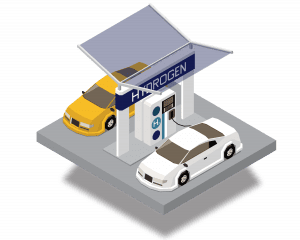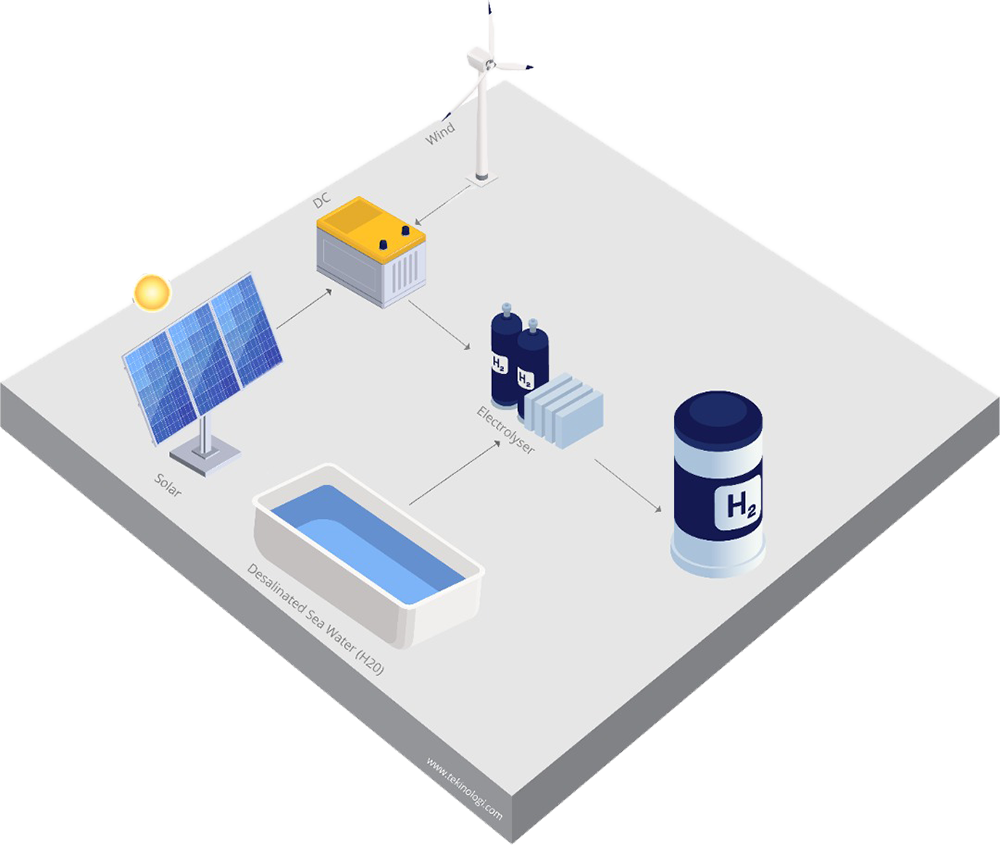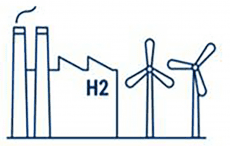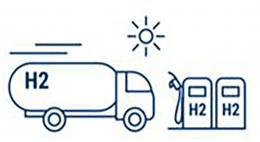
What is Green Hydrogen?
Green hydrogen is produced when renewable energy such as solar or/and wind energy is used to break down water into oxygen and hydrogen atoms. This process is called electrolysis with water as its only waste product.
Here, you will learn about solar energy, including its advantages, disadvantages, uses, and the role of solar energy consultants and consultancy services.

The importance of Green Hydrogen
Green hydrogen has the greatest potential for clean energy generation, transportation, and storage toward achieving the global target of net-zero carbon emissions and energy sustainability.

The benefits of Green Hydrogen

Sustainability:
Green hydrogen energy reduces the dependency on fossil fuels, promotes the use of local resources, and eliminates the intermittency associated with other renewable energy sources.

Decarbonization:
The technology used for green hydrogen production is free from greenhouse gas emissions that have become difficult to combat especially in industries that use high energy density fuels thereby contributing to the global net-zero carbon target.

Efficiency:
Green hydrogen can be produced anywhere there is water and electricity, and transformed into electricity, heat, or a carrier like ammonia for direct electrification, space heating, transportation, or storage.
A use case for Hydrogen in Nigeria

Hydrogen Production

Hydrogen Storage & Distribution

Hydrogen Utilization
Benefits of Green Hydrogen produced in Nigeria
Help the world decarbonize
The use of blue hydrogen supports the development of hydrogen economy.
Meet domestic energy need
Brown Hydrogen
Made → Coal (Gasification) CO2 is emitted into the environment (Most environmentally damaging).
Grey Hydrogen
Made → Natural Gas (SMR) CO2 is emitted into the environment (The most common form of hydrogen).
Blue Hydrogen
Made → Natural Gas (SMR) CO2 is captured and stored.
Green Hydrogen
Made → Renewable sources. No CO2 is emitted.

